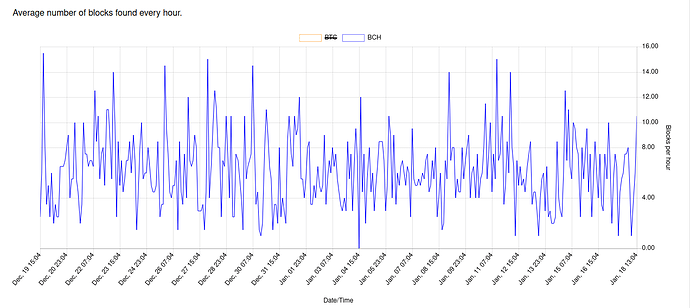The point of this thread is to start a productive discussion about the pros and cons of changing block time, and get a better understanding of what impacts both good and bad, it will have on users, businesses, exchanges, miners, devs, etc.
Here is what I understand about block time so far, and how it impacts these different groups of people. Please correct me if I am wrong, I am far from an expert.
- Decreasing block time increases the frequency of orphaned blocks which decreases miner profitability. Unless we add something that ETH does where uncle (orphaned) blocks are rewarded coins.
- Decreasing block time decreases the variance in time it takes for a transaction to be confirmed.
- Decreasing block time makes each block individually weaker as less hash power is securing each block. This could make individual blocks more vulnerable to be maliciously orphaned and make double spending confirmed transactions less costly.
- Decreasing block time would improve user experience because confirmation time would have less variance.
- Decreasing block time would give businesses the option to accept a faster 1 block confirmation for transactions if they are comfortable with it being backed by less hash power security. This would also make the user experience better.
- I understand 0-confirmation is relatively safe for small amounts, but I think most businesses feel much safer if they wait to accept at least 1 confirmation just to make sure everything is okay, myself included.
Questions I have about block time:
-
Do we know why Satoshi choose 10 minutes for block time? Was it because 2009 tech was slower? If Satoshi was creating Bitcoin today in 2021 what block time do you think he would choose?
-
In reference to point (3) above. How likely is it that a double spend attack would happen on a shorter block time? Would honest miners come to the rescue to stop a double spend attack? Similar to how honest miners have defended BCH when it came to contentious forks.
-
I have discussed with crypto users ( mostly traders ) why they choose a coin like LTC over BCH and one of the reasons is because they can move their coins faster between exchanges. Now I understand LTC is the dominant coin for the Scrypt algo which means its less vulnerable to be attacked as it has the most amount of hash power for its algo. While BCH using the sha256 algo only has ~2% of the hash power of BTC. I assume this is the reason why exchanges are more laxed on confirmation times for LTC over BCH. Is there anything BCH can do that would increase the confidence in exchanges to be more laxed on confirmation time or do we just have to wait until we have a bigger % of the sha256 hash power? If we did decrease block time for BCH would it help traders? Or would exchanges just increase the # of block confirmations required because they think BCH is vulnerable to double spend attacks?
-
In reference to point (6) above. How different is it in terms of security for a business to accept a 0-confirmation transaction or waiting for say a single 15 second block confirmation? Cause I feel I would trust the latter much more even if hash power was weak.


 .
.